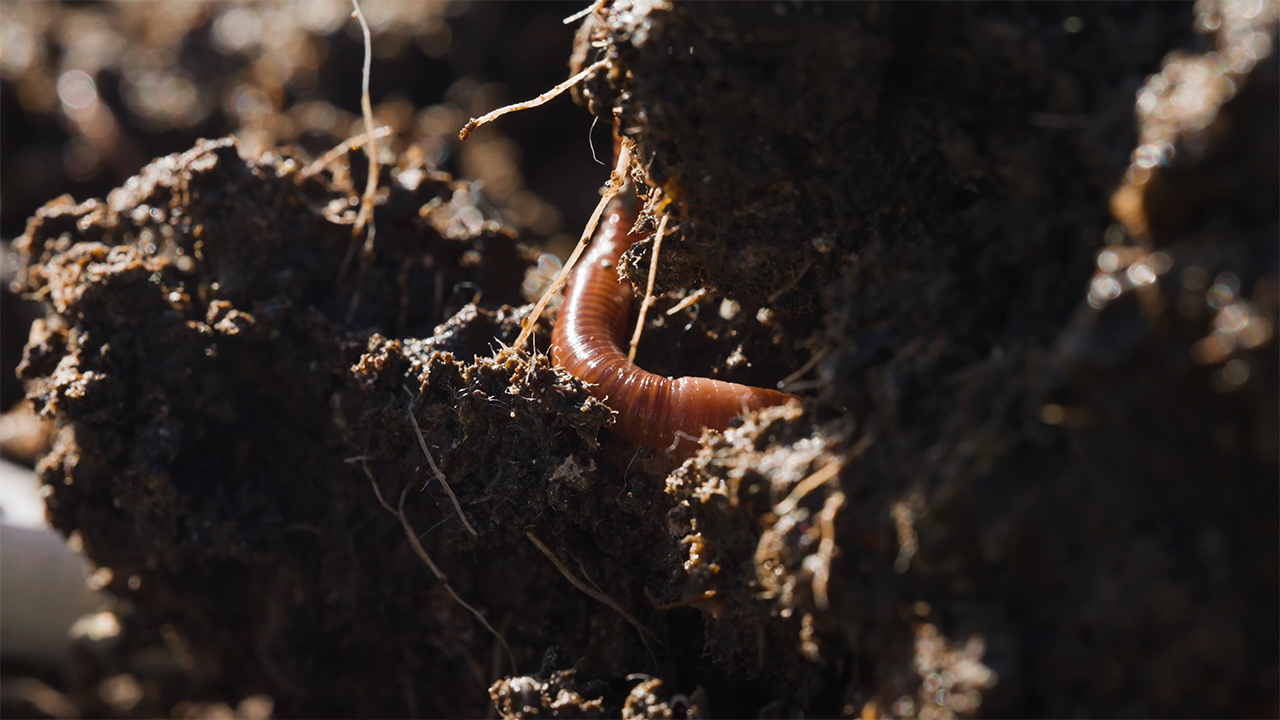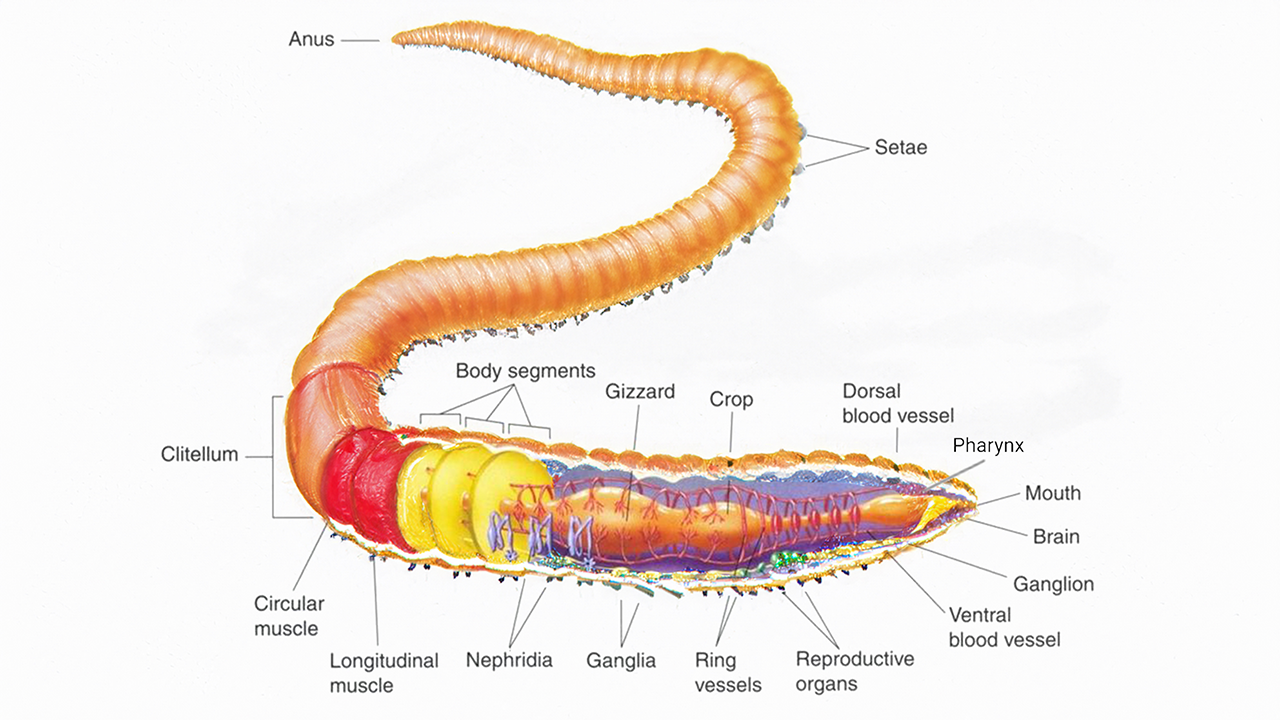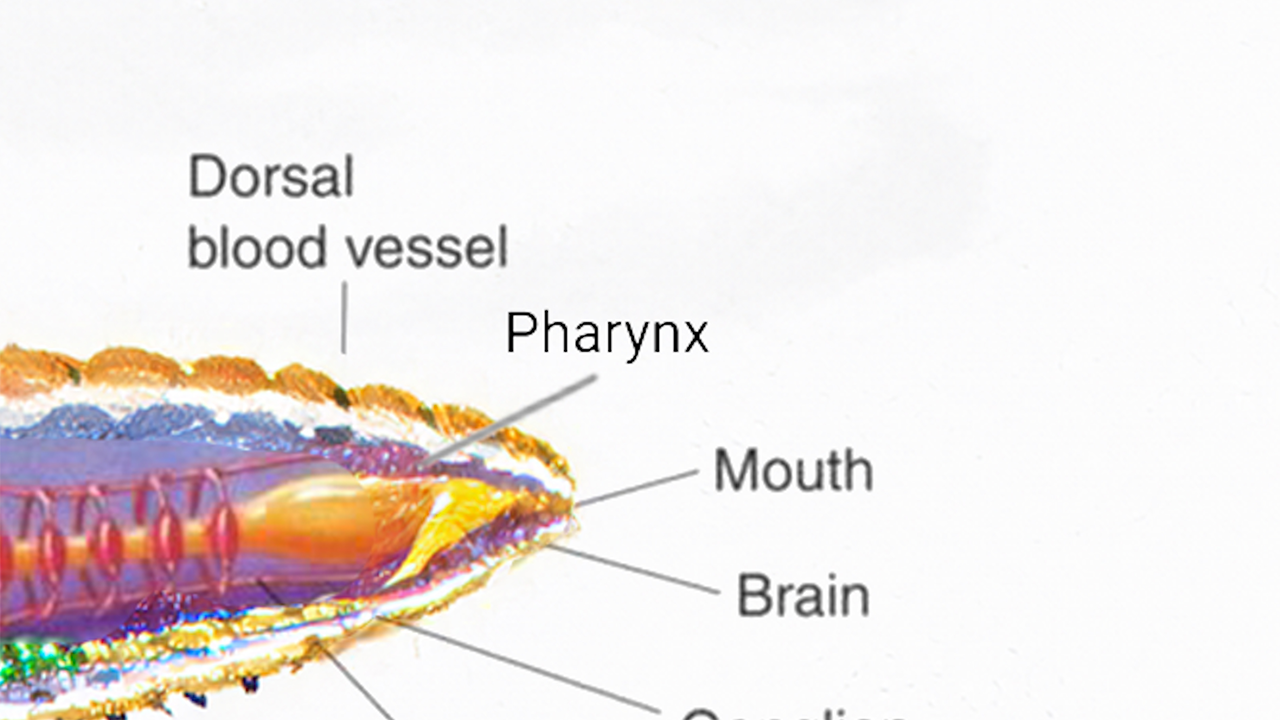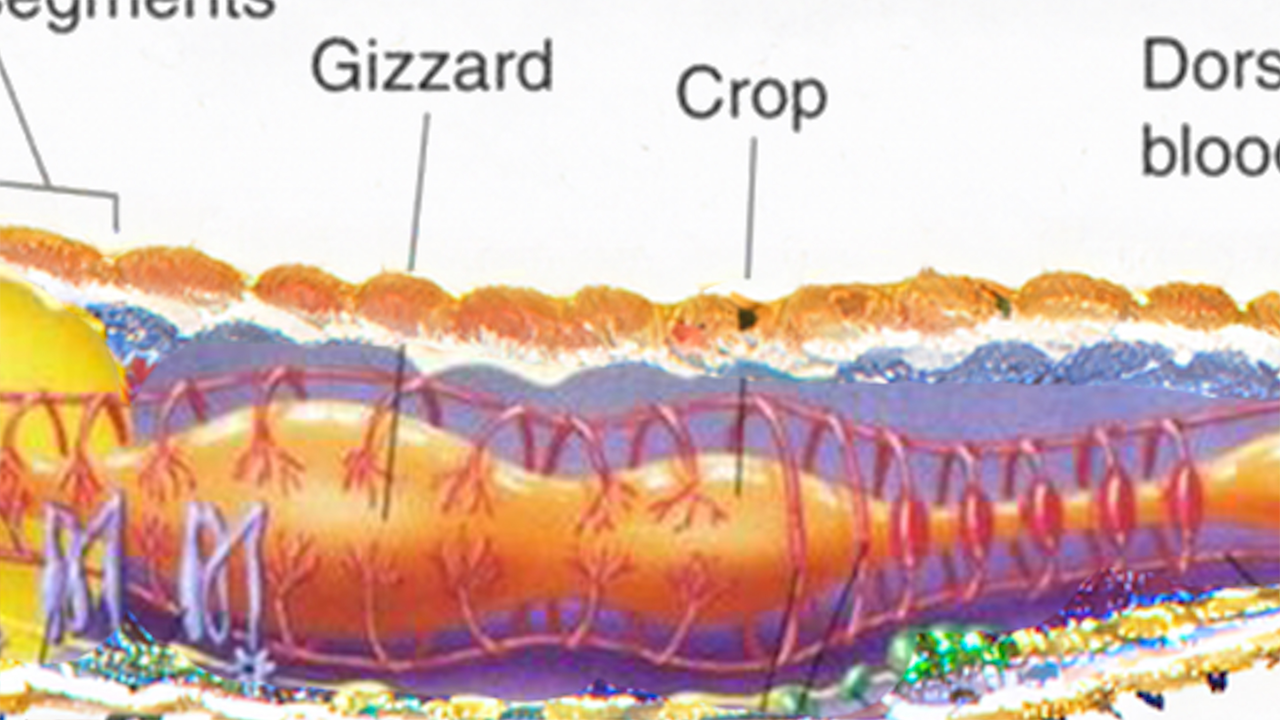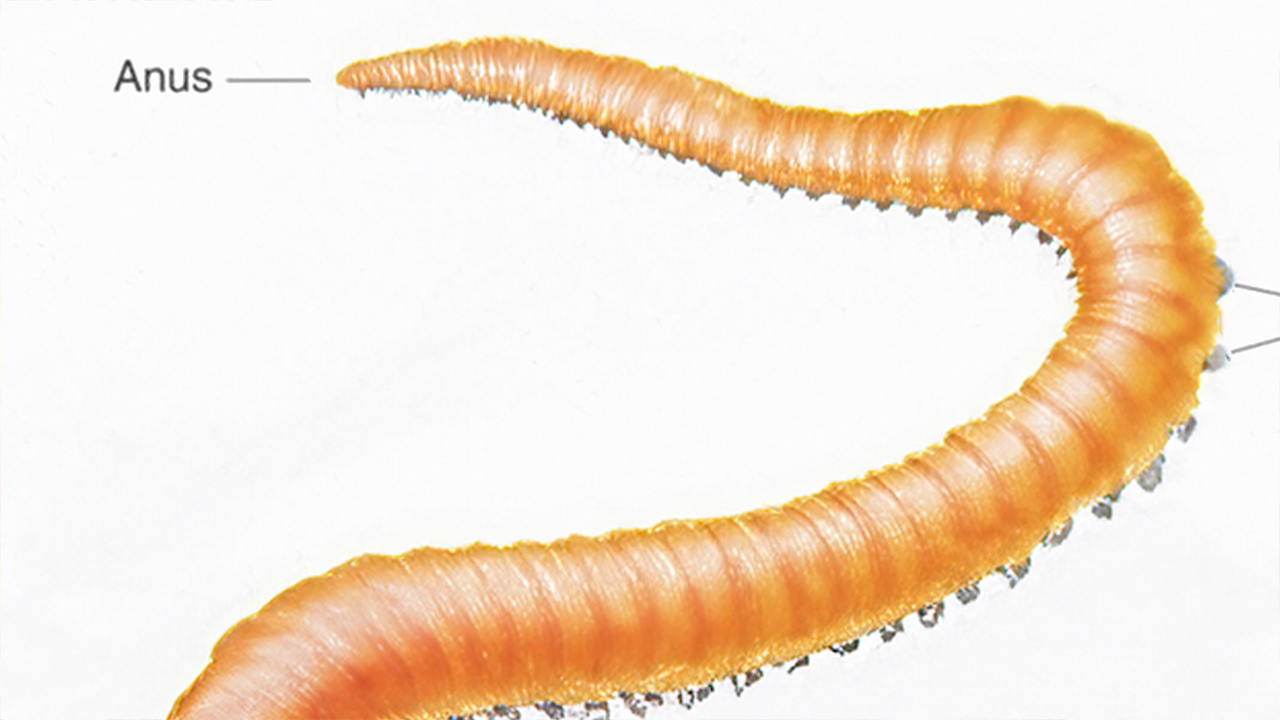How Do Worms Eat Without Teeth? A Deep Dive into the Digestive System of Earthworms
Worms may seem like simple creatures, but beneath the surface—literally and biologically—they’re doing some pretty complex and essential work for our planet. One of the most fascinating facts about earthworms is that they don’t have teeth. So the big question is: how do worms eat and digest food without teeth?
Let’s dig into the weird and wonderful world of worm digestion.
Worms: Nature’s Soil Engineers
Earthworms live in the ground and play a vital role in keeping our soil healthy. As they burrow through the earth, they aerate the soil while eating decomposing leaves, food scraps, mold, and other organic matter. This process not only helps break down organic waste but it also enriches the soil with worm castings—yes, worm poop—that are packed with nutrients.
But how do they manage to eat all this organic material without a single tooth?
Worm digging in search of food.
Worm Anatomy: A Straightforward System
Unlike humans, who have a twisty, turny digestive system full of enzymes and specialized organs, a worm’s digestive system is a straight shot from their mouth at the front where food goes in down to the anus at the back where the remnants of food go out.
Here’s the journey food takes through a worm’s body:
A worm’s intestine is a straight shot from the mouth to the anus.
It Starts with the Mouth… But No Teeth
At the front of the worm is a small, toothless mouth. To grab food, the worm extends its pharynx (a throat-like muscular structure)—kind of like the creature from Alien, but far less scary. The pharynx helps the worm suck in tiny particles of food and microorganisms in the soil.
Worms push their pharynx out of their mouth to suck in food.
Saliva & Swallowing:
Once the food is pulled in, it's coated with saliva and swallowed. From there, it moves down the esophagus and into the crop, which is basically a temporary storage area in the worm’s digestive system, before passing into the gizzard.
Since worms don’t have teeth they need their gizzard to grind the food.
The Gizzard: Nature’s Internal Grinder
The gizzard is a really important step in the worms digestion process, because remember worms don’t have teeth, so they can’t chew their food. But, when they suck in tiny particles of food and microorganisms in the soil, they also suck in small stones and grit that are naturally found in soil. So the gizzard uses those stones and grit to grind down the food completely so it can pass into the worms intestines.
This step is absolutely essential, as it’s the worm’s way of "chewing" without having a mouthful of molars.
Enzymes at Work in the Intestines:
After the gizzard, the finely ground food moves into the intestines, where the real digestion happens. Earthworms eat a diet rich in fiber, and their intestines are equipped with four different enzymes to break it all down. Nutrients from the food are then absorbed through blood vessels in the intestinal walls.
From Food to Fertilizer: Worm Castings
Finally, whatever the worm doesn't absorb is passed out through its anus as castings. These castings are loaded with nutrients like nitrogen, phosphorus, and potassium— essential elements for plant growth.
That’s why worm castings are considered one of the best natural fertilizers in the world.
Worm castings make for the best fertilizer in the world!
Why This Matters:
Understanding how worms eat without teeth isn't just a cool science fact—it’s a peek into how ecosystems thrive. Earthworms are key to composting, soil health, and sustainable agriculture.
So next time you spot a worm in your garden, give it a little nod of appreciation. That wriggly little creature is working hard to feed your plants and heal the soil.
Want to Get Involved?
If you're interested in gardening, composting, or sustainability, consider starting a vermicomposting bin (aka worm bin) at home. It’s an easy way to recycle food scraps and produce rich fertilizer right in your own kitchen or backyard. Check out our video here to learn how.
